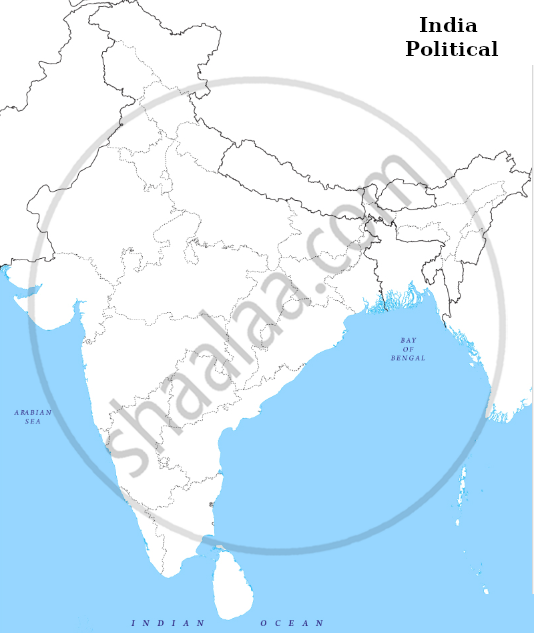Advertisements
Advertisements
प्रश्न
"Mahatma Gandhi's own role was vital in the growth of 'Gandhian Nationalism' but it also depended on his followers". Explain the statement with examples.
उत्तर
The following factors contributed to the development of Gandhian nationalism and the significance of Gandhiji and his adherents:
- When Gandhiji returned to India, he was well aware of the necessity of educating the populace in order to win India's independence from the British, as this could only be done through a general uprising.
- Since he was aware that the British government would completely outlaw any form of violence, he taught his followers the concepts of Satyagraha and non-violence. His followers were very serious about his message and followed the path of non-violence.
- Gradually, the general populace came to revere Gandhiji as a saviour who would put an end to their suffering. They did so by giving him the respect he deserved and by spreading his nonviolent philosophy of Satyagraha.
- Gandhiji advised his followers not to use violence during the first nationwide movement, the Non-Cooperation Movement, which called for a boycott of British goods and services. His followers adopted the concept, abstaining from violent tactics, and aligning themselves with Satyagraha.
- Gandhiji and his supporters' efforts contributed to the development of Gandhian nationalism.
APPEARS IN
संबंधित प्रश्न
Answer in 100-150 Words
How Did Mahatma Gandhi Seek to Identify with the Common People?
Answer in 100-150 Words
How Was Mahatma Gandhi Perceived by the Peasants?
Answer in 100-150 Words
Why Was the Charkha Chosen as a Symbol of Nationalism?
Write a Short Essay (250-300 Words) on the Following:
How Was Non-cooperation a Form of Protest?
Write a short essay (250-300 words) on the following:
In what way did Mahatma Gandhi transform the
nature of the national movement?
On the given political outline map of India, locate and label the following with the appropriate symbol:
The place where Gandhiji withdrew Non-Cooperation Movement.

On the given political outline map of India, locate and label the following with the appropriate symbol:
The place where Gandhiji started satyagraha for the indigo planters.

Consider the following events:
- Jallianwala Bagh Massacre
- Khilaf at Movement
- Formation of Swaraj Party
- Arrival of Simon Commission
The correct chronological order of these events is:
Who drafted the resolution on fundamental rights for the Karachi Session of Congress in 1931?
Who of the following organized a march on the Tanjore coast to break the Salt Law in April 1930?
In which year, Jallianwala Bagh Massacre took place?
What was the main demand of khilafat movement?
Match the following.
| List I | List II |
| A. Parallel government | 1. Dandi |
| B. Assassination of Mahatma Gandhi | 2. Amritsar |
| C. Salt Satyagraha | 3. Delhi |
| D. Jallianwala Bagh Massacre | 4. Satara |
Explain the importance of the Non-Cooperation Movement.
On the given political outline map of India mark and label of the follow with appropriate symbol:
The place where Jallianwala Bagh Massacre happened.

"As a consequence of the Non-cooperation Movement the British Raj was shaken to its foundation for the first time since the Revolt of 1857." Explain the statement with examples.
Assertion (A): Gandhiji called for a countrywide agitation against the Rowlatt Act.
Reason (R): British authorized the government to imprison people without trial.
Explain the role Gandhiji in Indian Freedom movement from 1916 till 1922.
Describe the causes and events of the 'Non Co-operation Movement'.
